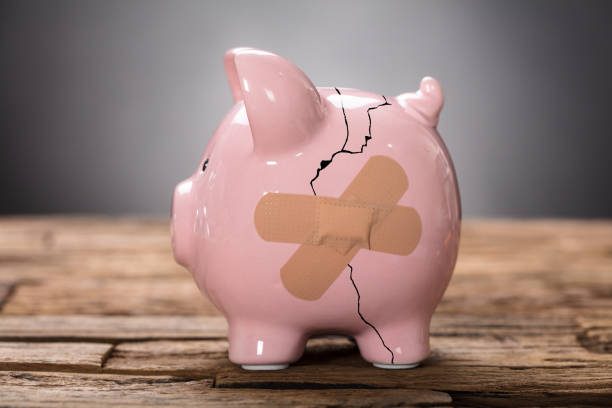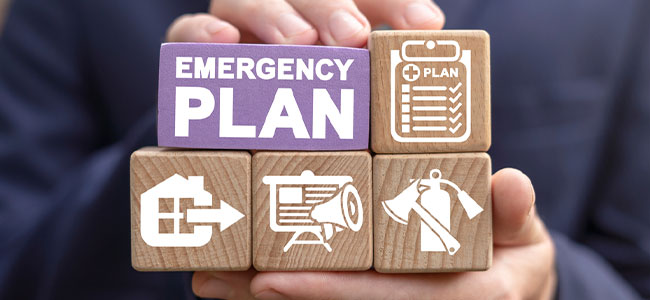
How to Play(and win) The Negotiation Game in Real Estate
How to play(and win) the negotiation game in Real Estate Coming to an agreement about buying or selling a home is a matter of smart negotiation combined with fortunate circumstances! Fortunate circumstances means that factors are working in your favor. For example, if prices are falling in a neigh

Which seller concessions have the highest perceived value for the lowest cost?
Which seller concessions have the highest perceived value for the lowest cost? In a tight market, home sellers can expect increasing competition for the best offers. As a result, sellers may start dropping their prices to get offers faster. But dropping the price isn't always possible, or the on

Want to retire earlier?
Want to Retire Earlier? Here’s How to Pay Off Your Mortgage Sooner. For most people, a mortgage is the biggest monthly bill they’ll ever have—and the one they’ll pay the longest. But what if you could cut years off your loan and save tens (or even hundreds) of thousands of dollars in interest? You
Recent Posts









